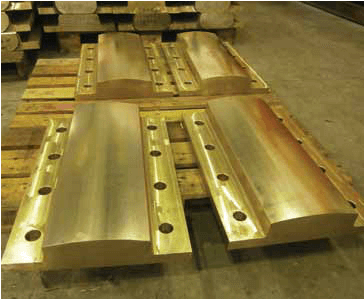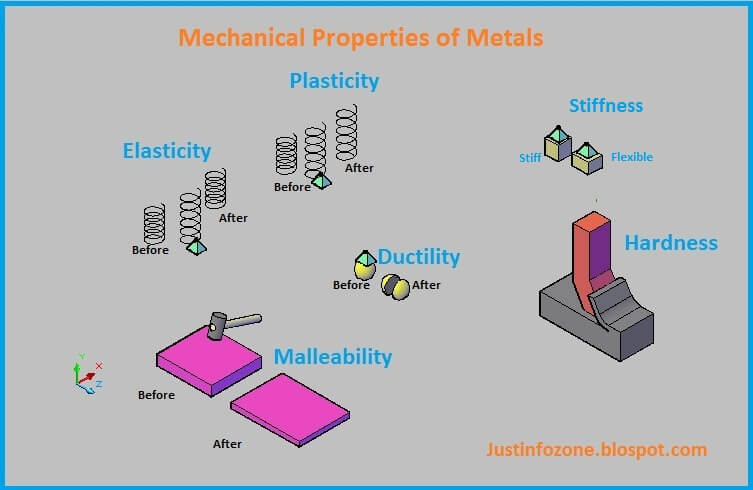Manganese Bronze

Developments in engineering during the past decade, particularly as applied to marine construction, mining machinery and other purposes in which corrosion offers a serious problem, have created a large demand for a non-ferrous metal highly resistant to corrosion and at the same time useful in general construction work as a substitute for steel without materially […]
Mechanical Properties of Metals

In a recent discussion of Dr. Jeffries’ paper on tungsten, J. C. W. Humfrey, after taking exception to certain of the author’s ideas relative to the cohesion of A and C metal, expresses the opinion that future research is likely to develop a method of preparing tungsten possessing “mechanical properties in line with those of […]
Train Tire Wheel Manufacturing from Ingot
Owing to certain inexplicable failures of tires, The Standard Steel Works authorized us to make a series of experiments to determine, if possible, the cause of the trouble. As a result of numerous analyses and physical tests, both from defective and experimental tires, we are able to present the following facts concerning piping and segregation, […]
Tube Muffle Furnace

The Tube Muffle Furnace is practically the common laboratory analytical gas-fired combustion-furnace, with its glass tube replaced by the iron and copper tubes, G and M, and surrounded with brick-work to lessen radiation and to give better control over the temperature. The burners, J, are those of the common combustion-furnace. The bar, K, to be […]
Slow Cooling from Different Temperatures
Results of cooling steel slowly from different high temperatures are given in Tables 18, 20, 23, 24, and 25, groups VII. and VIII. In some cases (group VII.) this slow cooling was complete; in others it was interrupted by again raising the temperature, and after this the slow cooling was resumed. Bars marked T closed […]
Steel Hardening by Quenching
The Hardening Power Apparently Lags In the cooling- curves of the five series of steel which we have just discussed, running from the softest basic steel to very high-carbon tool-steel, we note that each has a marked retardation which reaches a maximum in the neighborhood of 660° C. (1220° F.). These we may temporarily class […]
Heat Treatment of Steel
This paper may be regarded as a report of progress of an investigation into the influence of prior exposure to different high temperatures, under different conditions, on the properties of steel after it has been cooled completely. The following are the chief divisions: II. —Experiments on toughening manganese-steel by sudden cooling. III. —A study of […]
Steel Quenching
Loss of Hardening-Power at and near V.—We know that steel is hardened by quenching from a certain red-heat or from any higher temperature; but that if the temperature be allowed to sink below this certain point in redness, quenching will not harden the metal. In short, as steel cools slowly through redness, it loses its […]
Carbon-Steel Quenching & Thermal Curves Critical Points
Retardations If high-carbon tool-steel be heated to very dull redness and then suddenly cooled, for instance by quenching in water, it is not thereby considerably hardened ; but such sudden cooling, if it be from bright redness, hardens the metal intensely. In the former case the steel can be scratched with a knife, in the […]
